Do aesthetics matter at the top level? New €16.7k Colnago Y1Rs splits opinion on looks, but claims big performance gains
A completely new aero bike, with bayonet fork, a new cockpit, and that wild seatpost design
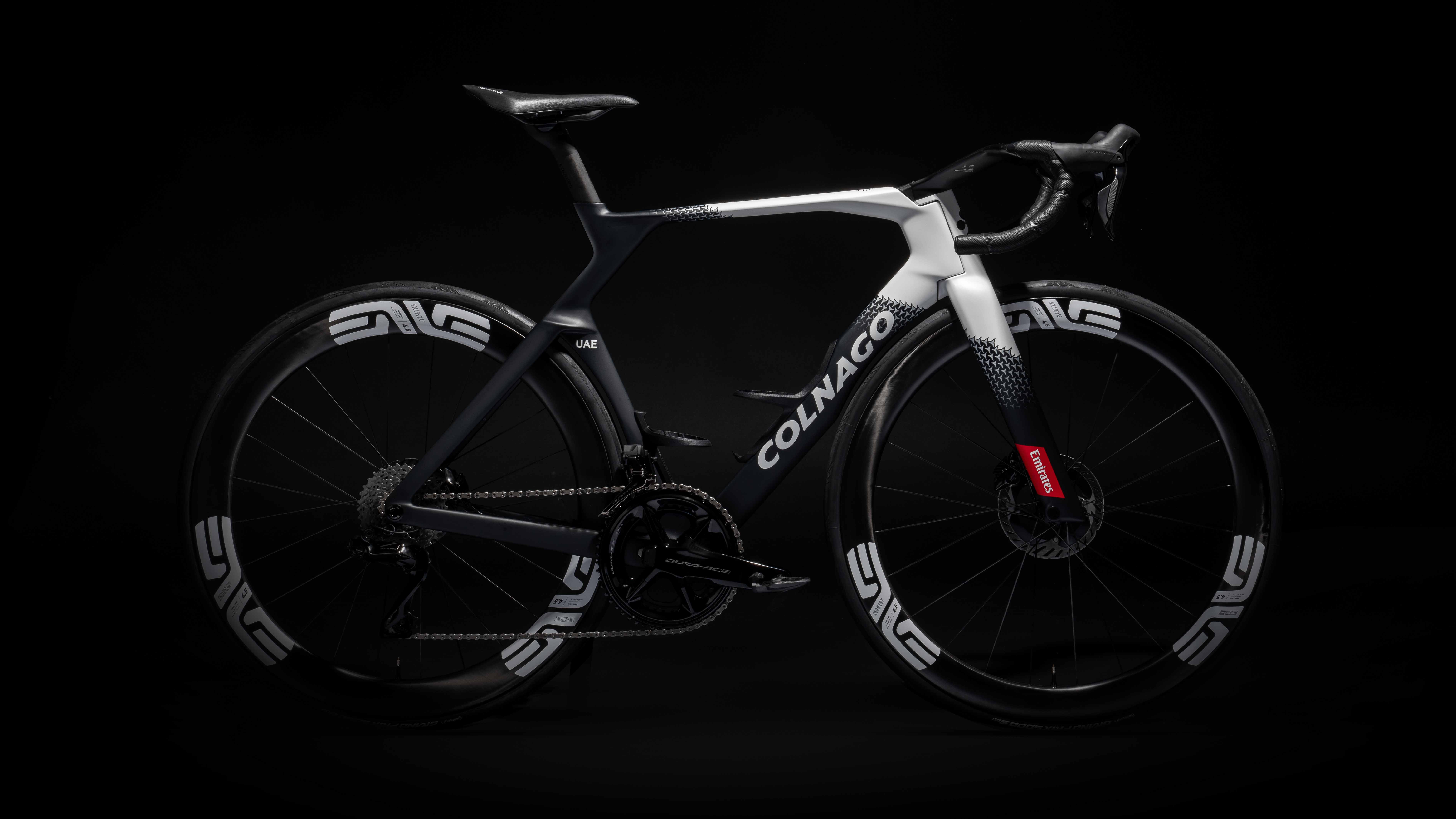
Colnago as a brand tends to create enough of a buzz on its own that a new model leaking on WeightWeenies would be a standalone story in its own right, but given that in recent years the brand has become inexorably linked with one Tadej Pogačar, the interest in a brand new model from the storied Italian brand is immense. It’s not a new version of an existing model, such as the V4Rs replacing the V3Rs, but a brand new machine entirely.
According to Colnago in documents regarding the development of the new machine, “the V4Rs is the perfect all-rounder, but for specific races, we need a focused aero bike”. Given the palmares of the current World Champion, the V4Rs has hardly been holding Pogačar back, despite what Tom Boonen thought before hastily retracting his opinion, and as races get ever-faster we are seeing riders opt for aero bikes as the default more often than not.
Alpecin riders basically only ride the Canyon Aeroad, DSM atop the Scott Foil (though with the new Addict, this may change in the mountains), and while the Y1Rs is ‘for specific races’, I wouldn’t be surprised to see it used as the norm throughout the season, with the V4Rs stowed away for the high mountains. Despite many brands sticking with a single-bike solution (Specialized Tarmac, Pinarello Dogma F), the pendulum of development is now swinging back towards multiple bikes.
Creating an all-new model clearly needs slightly more work than iterating on an existing one. At the time of this story going live, I will be in the air, jetting over to the UAE Team Emirates and UAE Team ADQ winter training camp to meet with Colnago and discuss in greater depth how this latest machine was developed. For now, here’s what we know from the press material we have received about what is, according to Colnago’s data at least, “the most aerodynamic UCI compliant road bike in the WorldTour”.
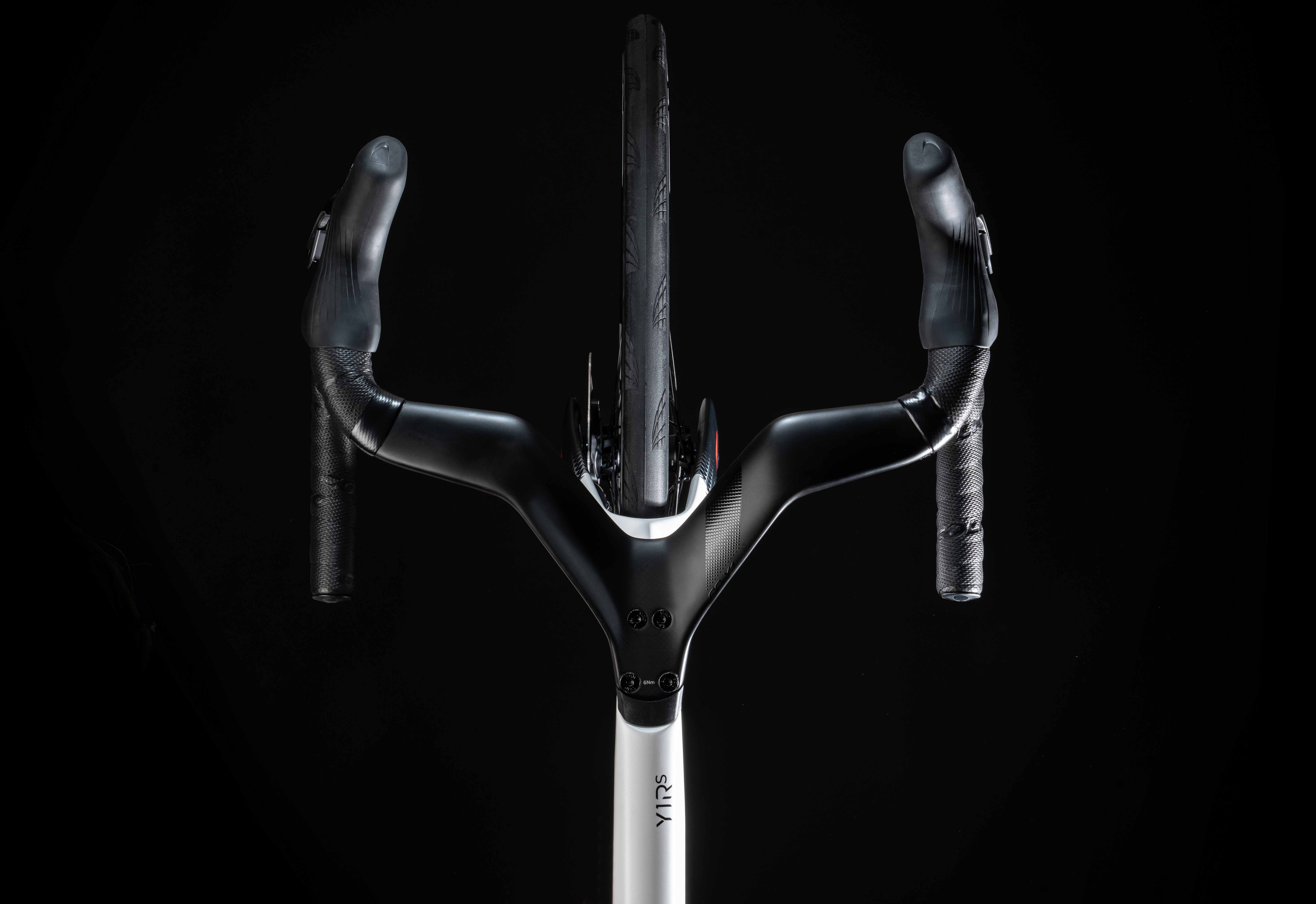
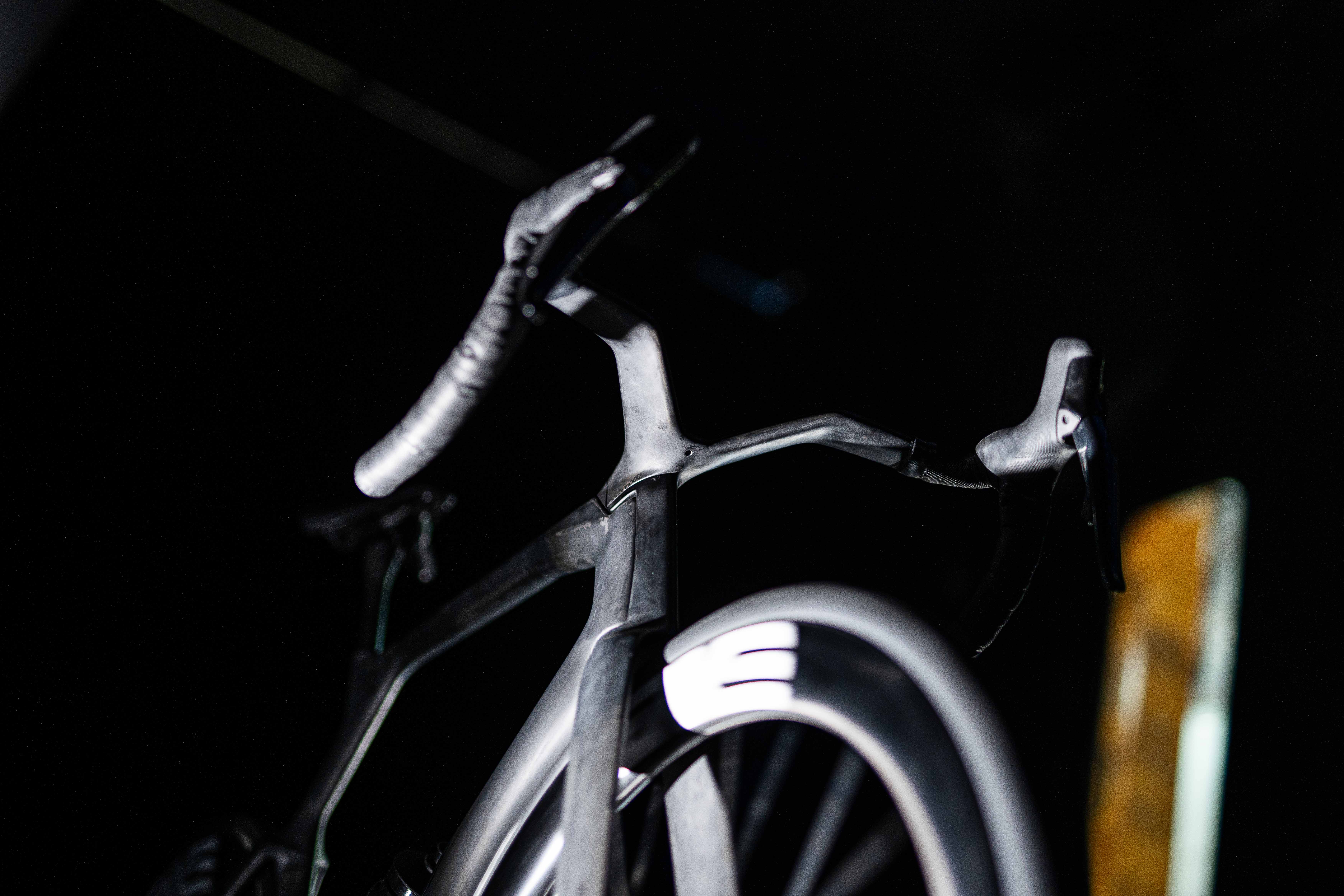

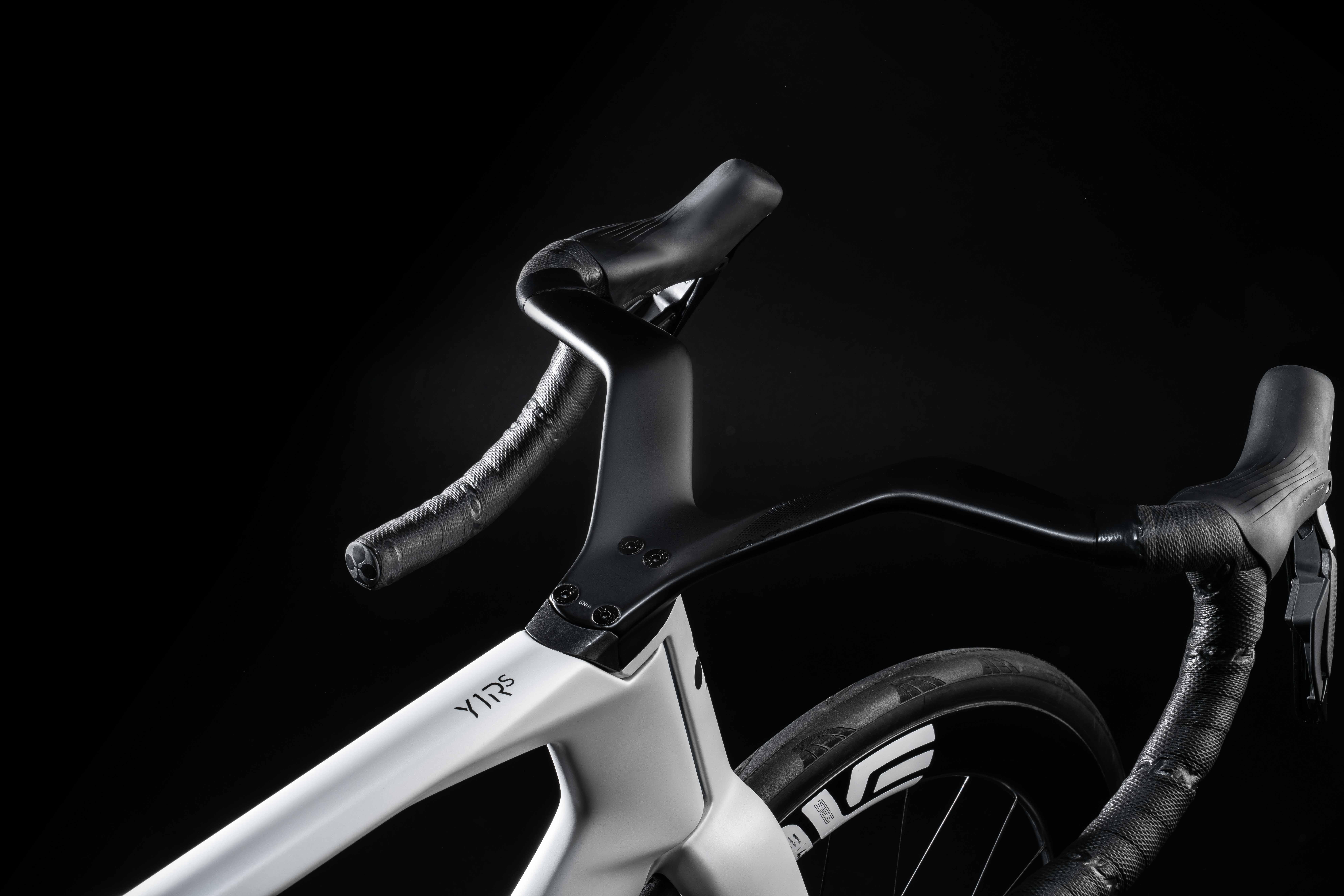
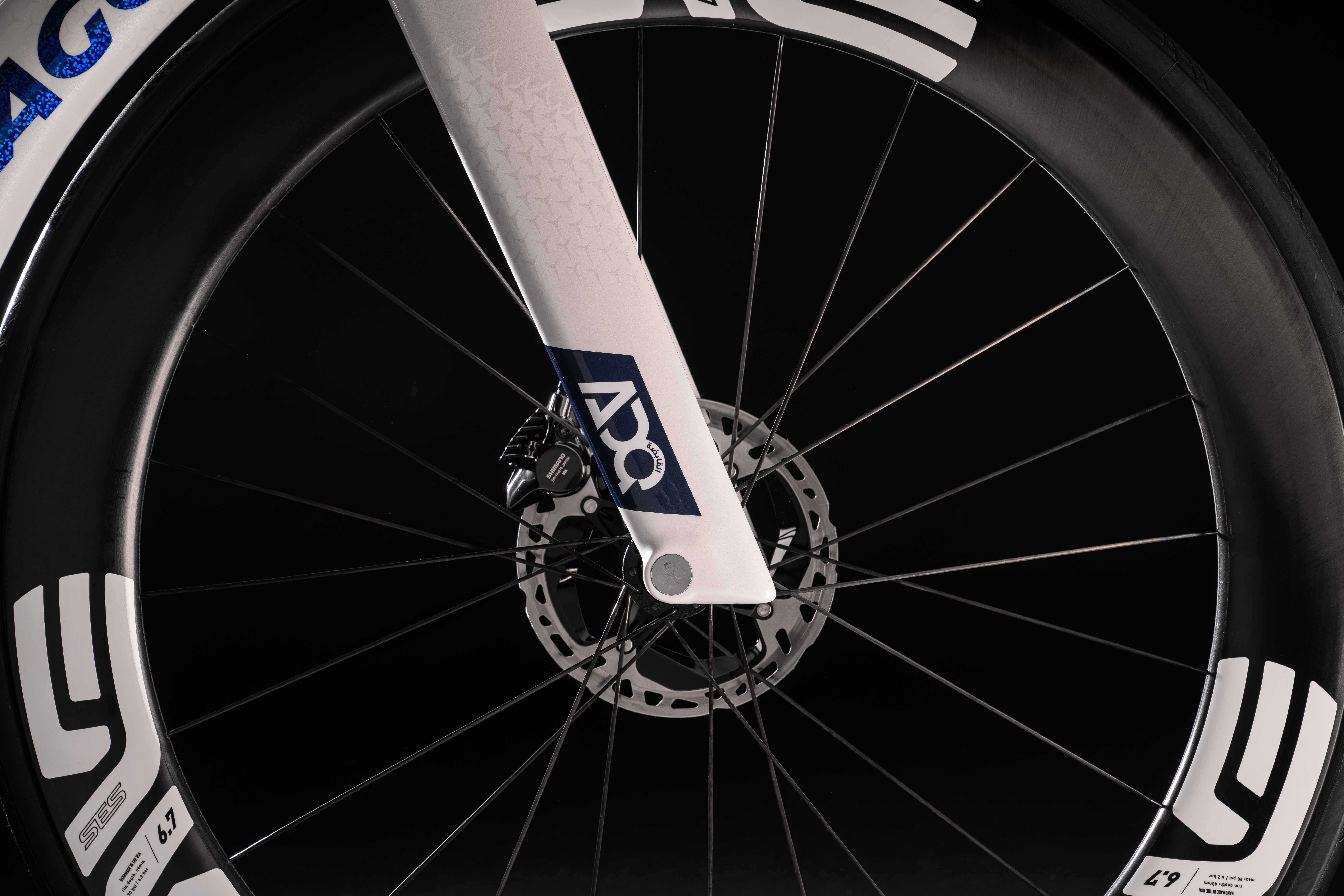
The front end
I’m going to start at the front and work backwards. Given this is an aero bike, the leading edges are the most important, and they are where most work has been done. To start with the cockpit, the Y1Rs has a brand new setup: The CC.Y1 handlebar.
A Y-shaped bar is certainly not new, but it’s a departure for the brand. Cervélo has had a similar-ish option on its S5 for some time, as has the Bianchi Oltre. The theory is that the bar tops are relatively aerodynamic, being both narrow and hitting clean air. Getting the top sections up and away from the headtube, which is a ‘squat and turbulent’ body, in aero terms. Up and away with the bars also means cleaner airflow over the body of the bike, aided by a far deeper head tube than is seen on the V4Rs.
For sprinters, prone as they are to wrenching hard on the bars, the cockpit is also “16% stiffer in vertical and lateral stiffness” compared to a ‘selected reference handlebar’, the model of which has not been specified.
The latest race content, interviews, features, reviews and expert buying guides, direct to your inbox!
The bars, along with the bayonet fork which I’ll go into in a hot second, have resulted in a 19% reduction in frontal area versus the V4Rs. Front a front view they are quite reminiscent, though not nearly so extreme, as those seen on the TRED track bike of the Argentine team. It may not look like it can mount a computer, but at the base of the Y there is a bolt in order to mount an out-front computer.
The Y1Rs has, as mentioned, swapped the traditional steerer tube for a bayonet fork, as seen on the Colnago TT1, and on the competitor Cervélo S5. This has the effect of extending the headtube forward, but according to Colnago it also “improves how the air impacts the frontal area of the bicycle”. It’s my suspicion that, in addition to a deeper head tube, the slight indent where the front section of the fork meets the headtube acts like a trip strip, inducing controlled turbulence and helping the airflow ‘release’ from the frame. It’s much the same theory as the Danish track cycling team employing strips of physio tape down their shins at the Tokyo Olympics.
The downtube, in its upper reaches at least, closely hugs the tyre, in a way reminiscent of the Specialized Venge ViAS. The lower section houses an integrated bottle cage, designed around a standard 500ml bidon. This is in contrast to the likes of the Trek Madone and the Cannondale SuperSix Evo, both of which have truncated bottles for aero gains. Colnago clearly favours practicality and its relationship with professional teams. Despite the Madone being designed with aero bottles, the riders of Lidl-Trek just use standard bidons regardless as they are ubiquitous, and also used by neutral service. The downtube also houses the Di2 battery for Shimano builds, as the seat tube design cannot. Simply unscrew the bottle cage and a couple of bolts underneath and there you go, a battery compartment.
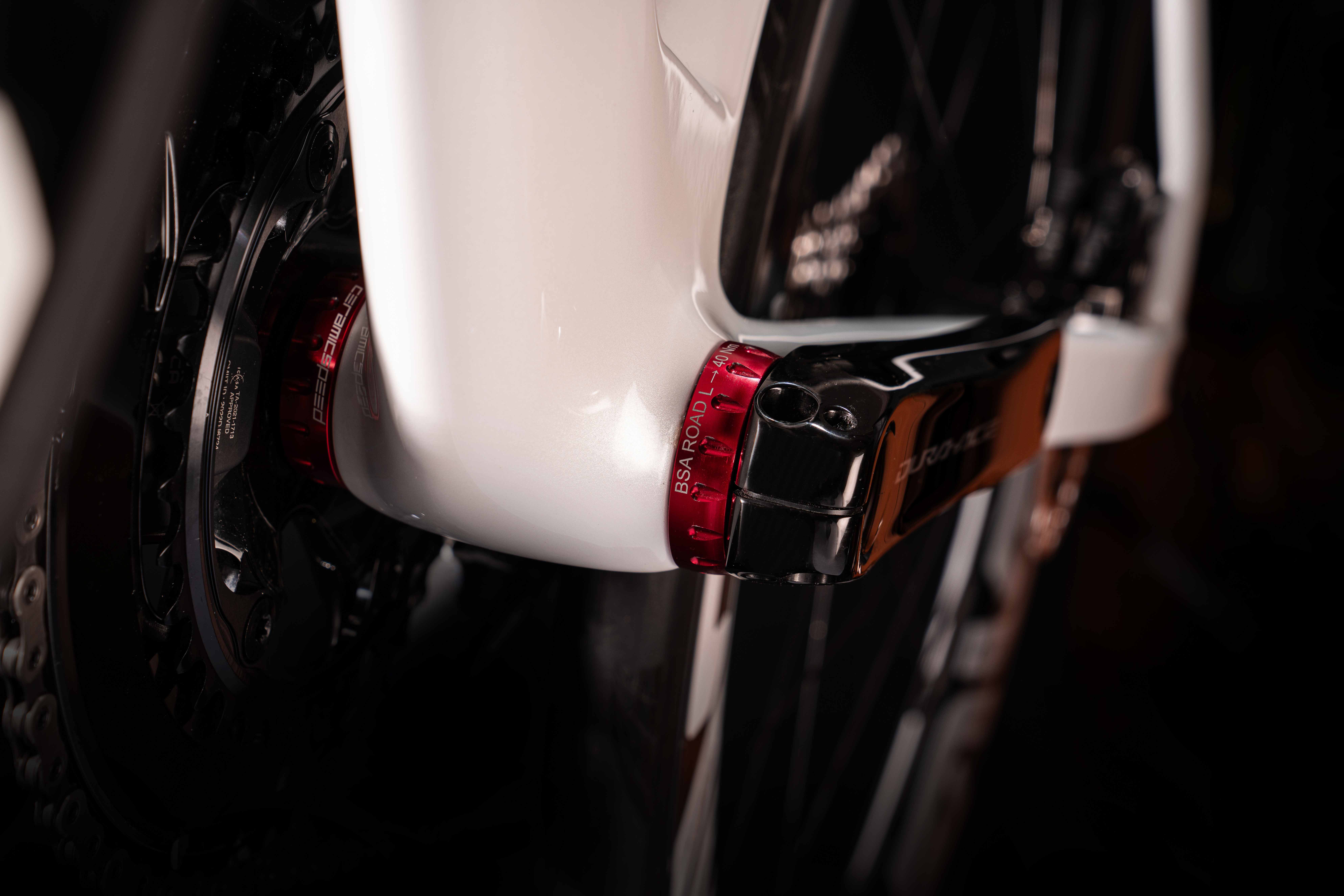
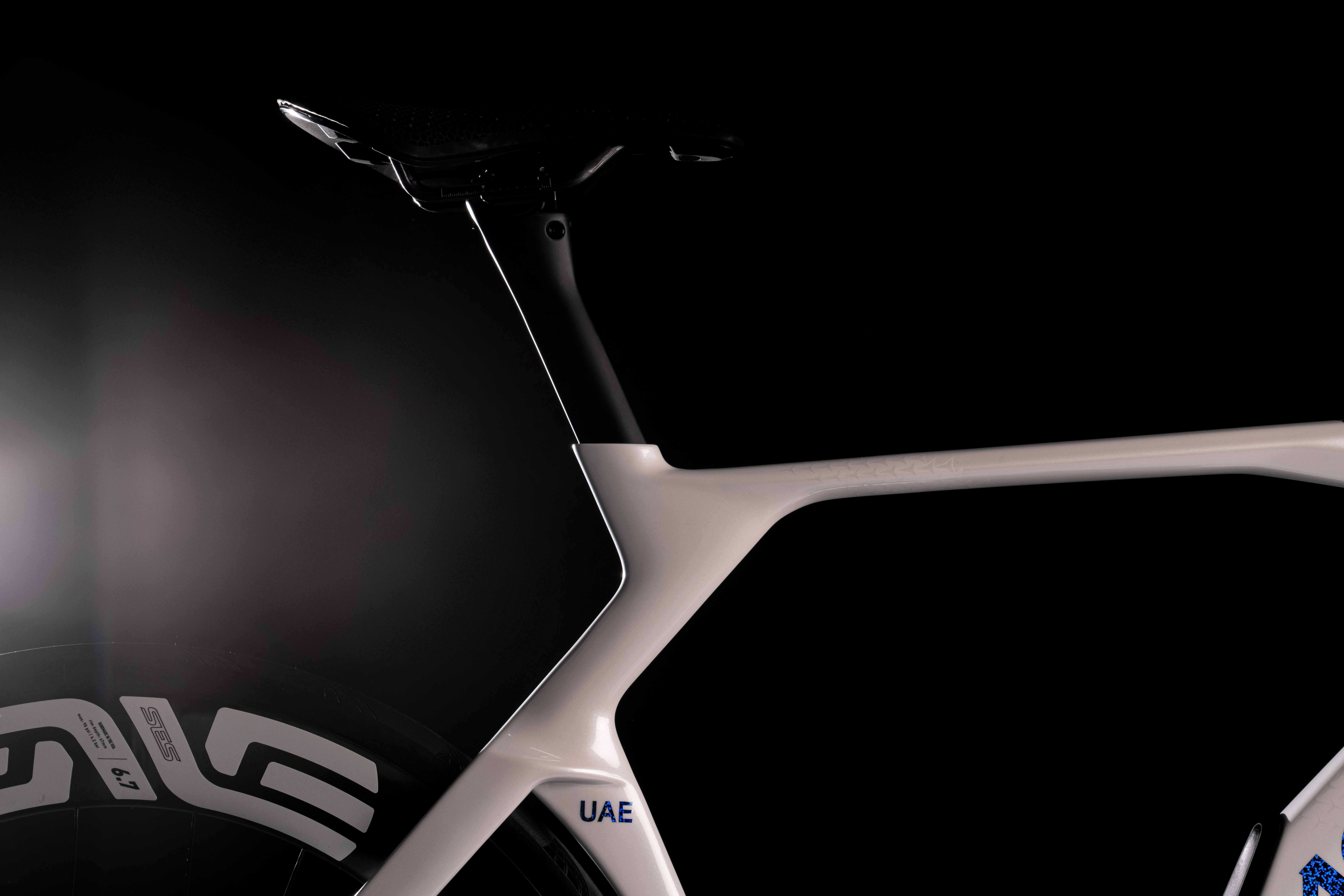
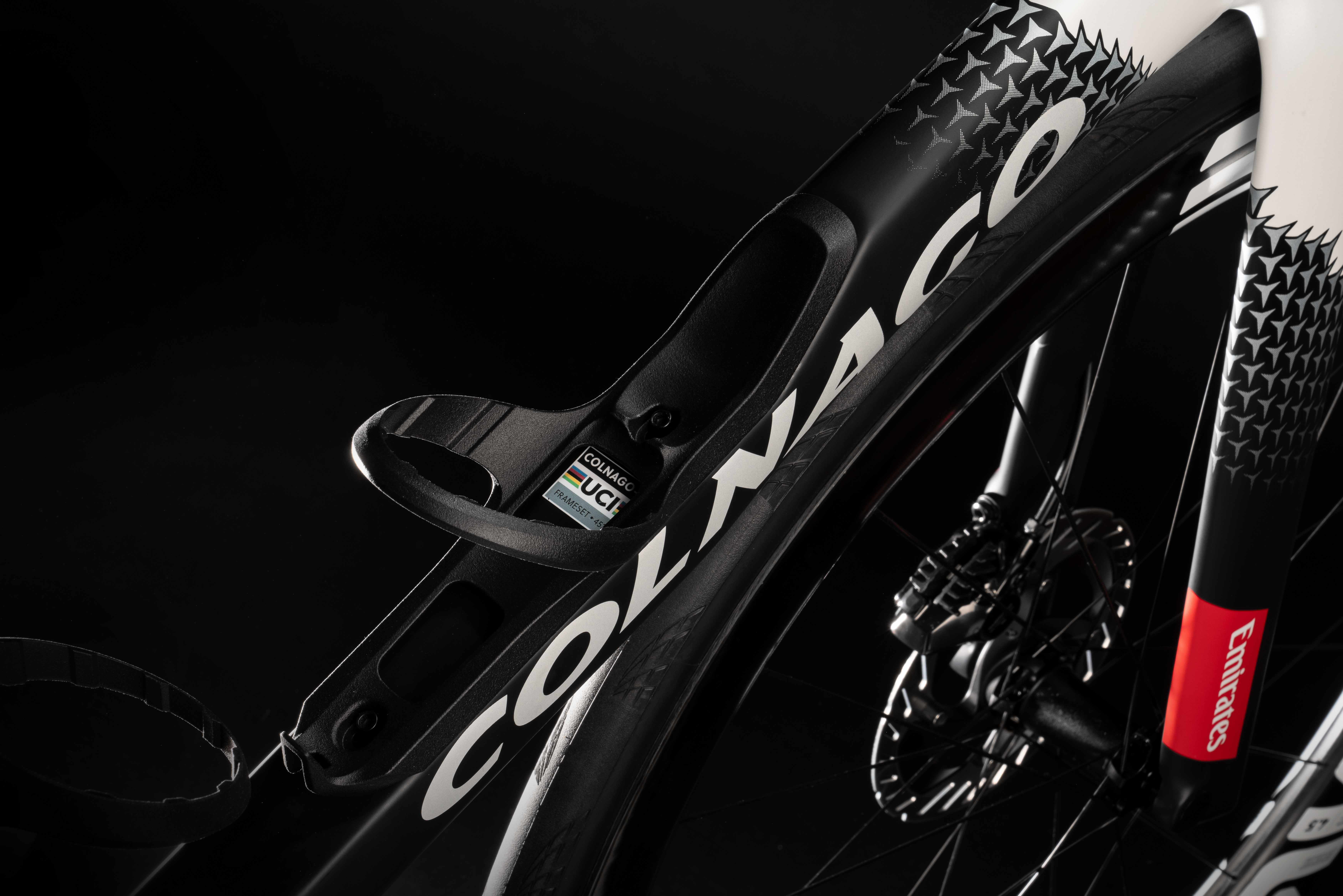
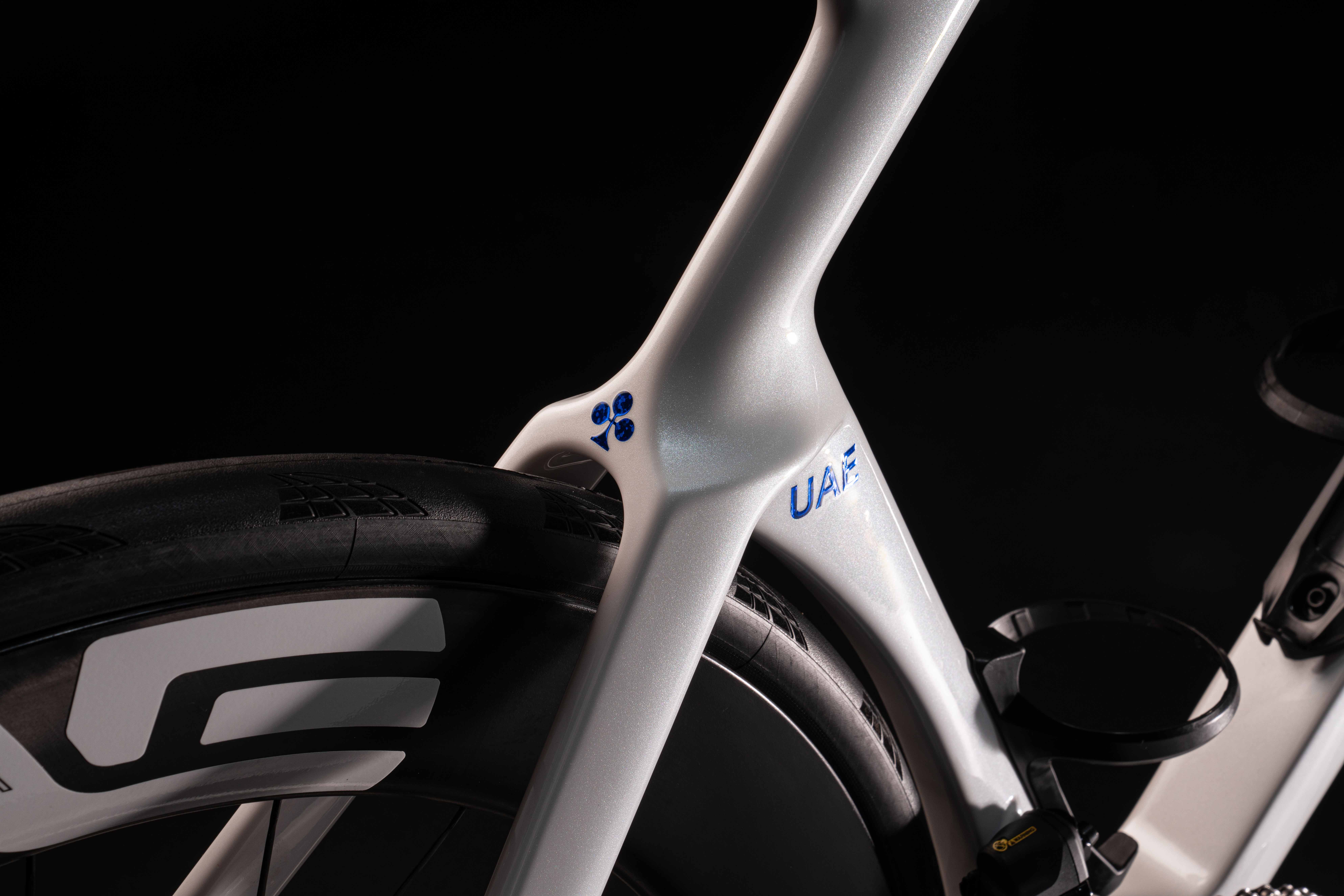
The back end
Ok, let’s get into that controversial - if you like to pore over Instagram comments - seat cluster. While it may appear to be an aero play only, it is apparently also a move to add compliance. Much like the cluster on the latest Madone, the seatpost is effectively cantilevered off the frame, allowing more deflection than a more vertical seatpost would be.
Detaching the seat tube from the seat post in this way allows the seat tube to be raked at a much slacker angle, more completely hugging the rear wheel for an aerodynamic gain. What's more, it creates a smaller rear triangle, allegedly improving pedalling efficiency thanks to stiffness gains.
The angle of the seat post does mean that any up/down adjustment is going to have a more significant impact on saddle setback, but according to the documentation, the seat post must be cut to size pretty accurately, with only around 1.5cm of adjustment up and down to play with.
This difficulty in fitting has meant a slightly new was to design the frame geometry. Colnago sponsors four teams, two WorldTour and two lower level, and it took fit data from those four teams over the past three seasons and made sure the saddle and bar position were correct for the pros. Colnago says that while 97% of riders will be able to fit the Y1Rs, some will not in extreme cases.
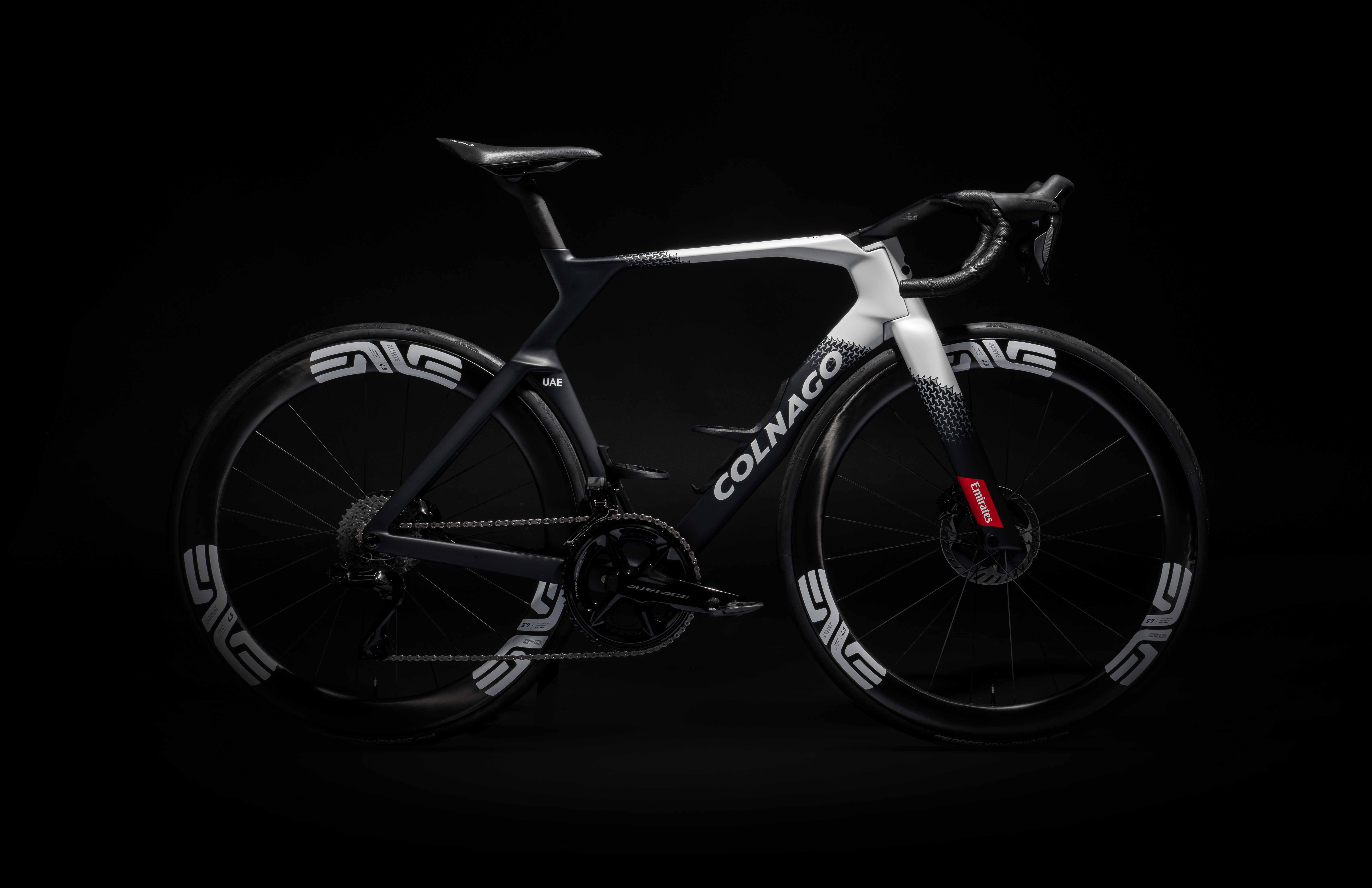
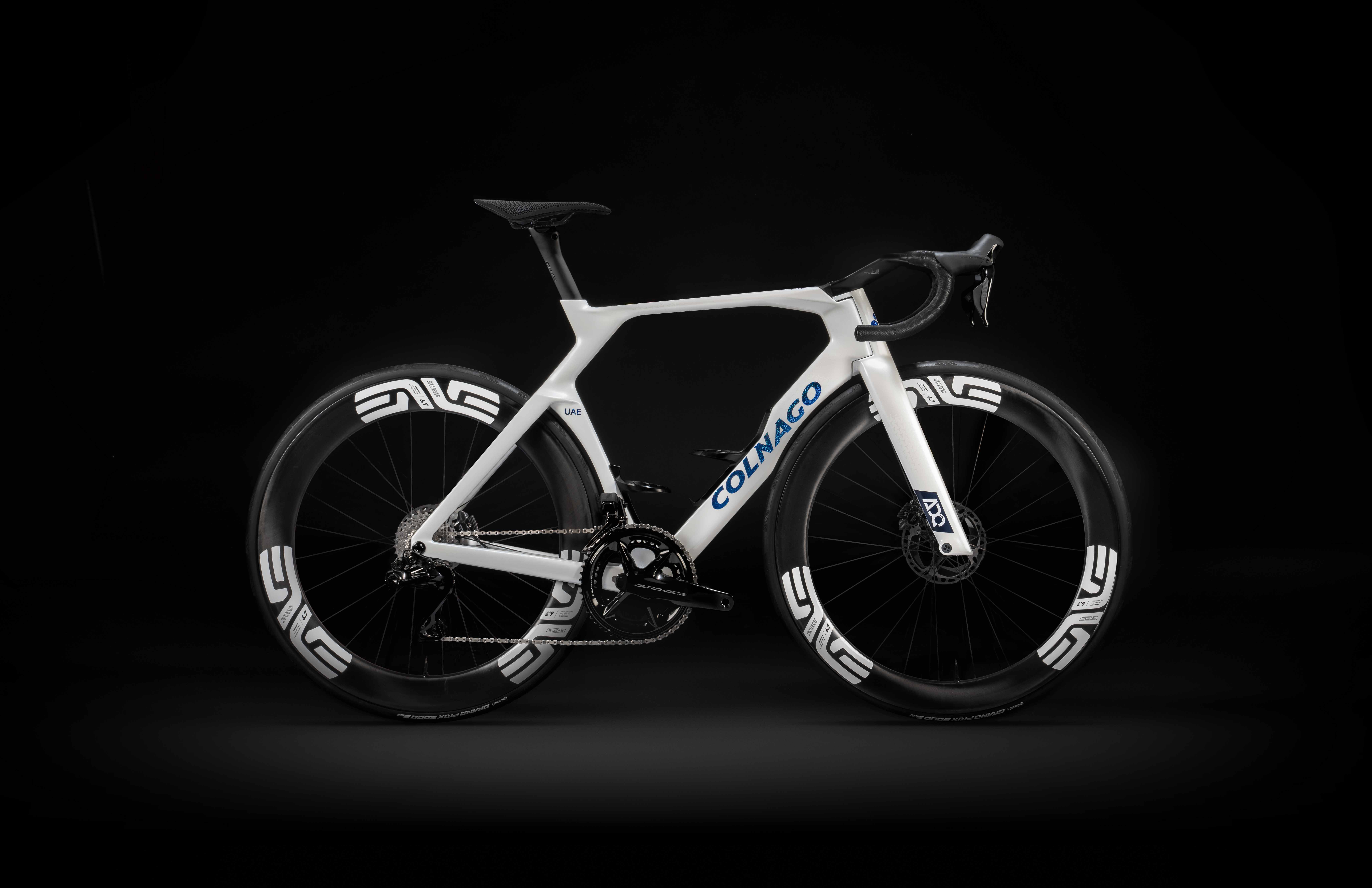
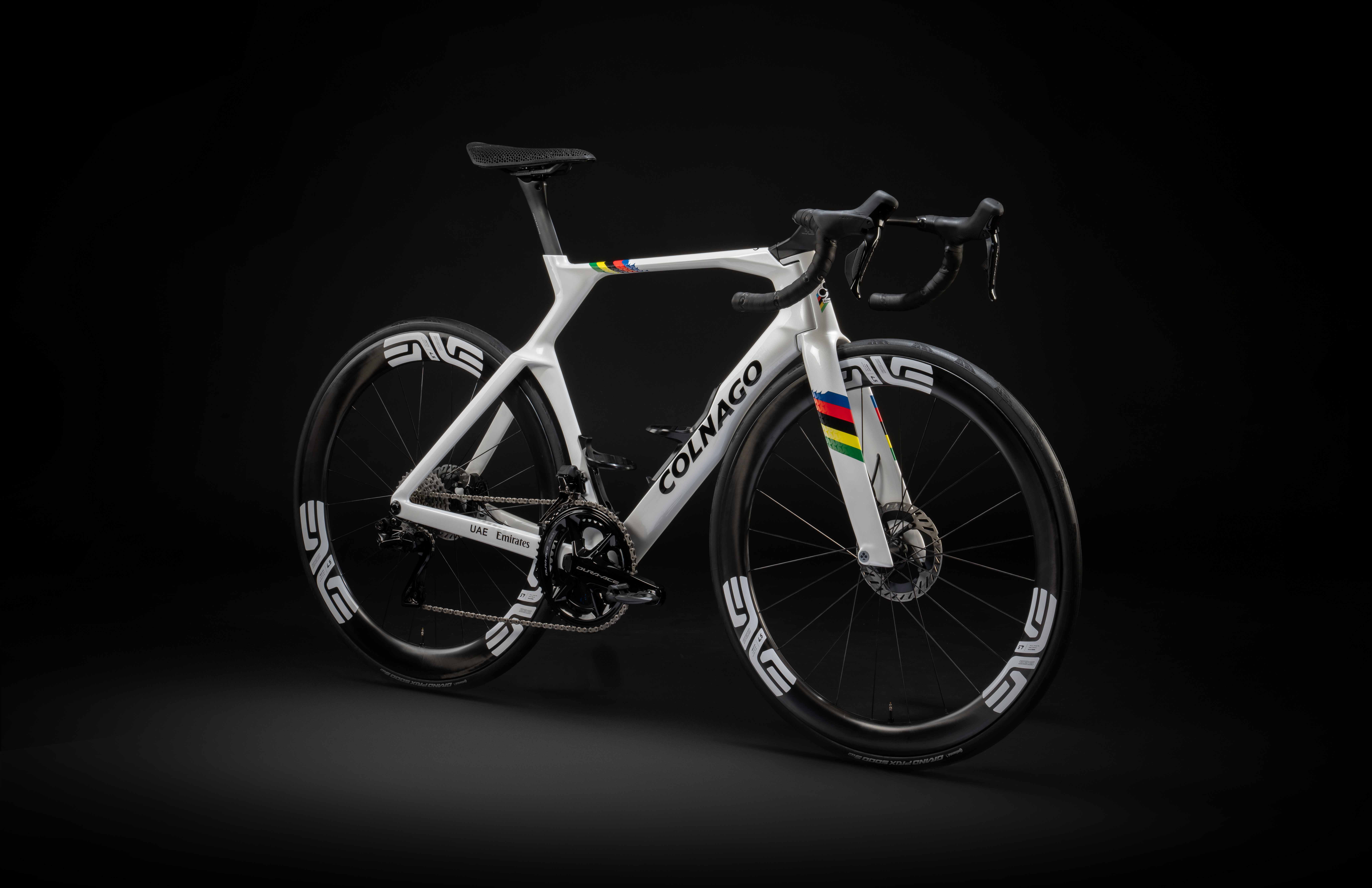
Wattage gains, weights, and pricing
Colnago has tested the Y1Rs against the ‘top aerodynamic road bicycle now on the market’. Our wind tunnel tests show that the most aerodynamic bike depends somewhat on the test protocol, and the yaw angle or angles being tested (yaw being the angle at which the wind hits the bike).
The Y1Rs is allegedly 28 watts faster than the V4Rs at 50km/h across a full yaw sweep of -15 to +15º in bike-alone testing and 25 watts with a clothed mannequin. Gifting Pogačar a 25-watt saving is quite a terrifying prospect, but against the nearest competitor, the Y1Rs is ‘only’ a claimed 8 watts faster. This perhaps indicated that, while clearly no impediment, the V4Rs wasn’t quite a match for other bikes in the peloton in aero terms.
It's worth noting that the 'top aerodynamic bicycle' differed depending on the scenario and yaw angle, rather than simply comparing with a single competitor.
All this aero does come at a cost in terms of grams. A like-for-like build of the V4Rs versus the Y1Rs tops the scale in the direction of the Y1Rs by 242g. Geometrically the Y1Rs is steeper, both in the head tube and the effective seat tube to shift riders ever more forward over the front end. A longer reach, too, facilitates longer, lower, more aggressive positions. While the hugging of the wheels by the down- and seat tubes does appear to create a shorter wheelbase, it is only by 3mm.
The Y1Rs is available in five configurations as well as a frameset. At the time of launch, only two colours will be available, those being the team liveries of UAE Team Emirates, and UAE Team ADQ. Pogačar will have a rainbow model, of course.
The builds are as follows, with both the top Shimano and Campagnolo builds being more expensive than any other production road bike in the WorldTour.
- Campagnolo Super Record Wireless w/ Campagnolo Bora Ultra WTO wheels: €16,500
- Shimano Dura-Ace w/ Enve SES 4.5 wheels: €16,200
- Shimano Dura-Ace w/ Dura-Ace C50 wheels: €15,000
- Shimano Dura-Ace w/ Vision Metron 45 wheels: €13,200
- SRAM Red w/ Vision Metron 45 wheels: €12,300

Will joined the Cyclingnews team as a reviews writer in 2022, having previously written for Cyclist, BikeRadar and Advntr. He’s tried his hand at most cycling disciplines, from the standard mix of road, gravel, and mountain bike, to the more unusual like bike polo and tracklocross. He’s made his own bike frames, covered tech news from the biggest races on the planet, and published countless premium galleries thanks to his excellent photographic eye. Also, given he doesn’t ever ride indoors he’s become a real expert on foul-weather riding gear. His collection of bikes is a real smorgasbord, with everything from vintage-style steel tourers through to superlight flat bar hill climb machines.